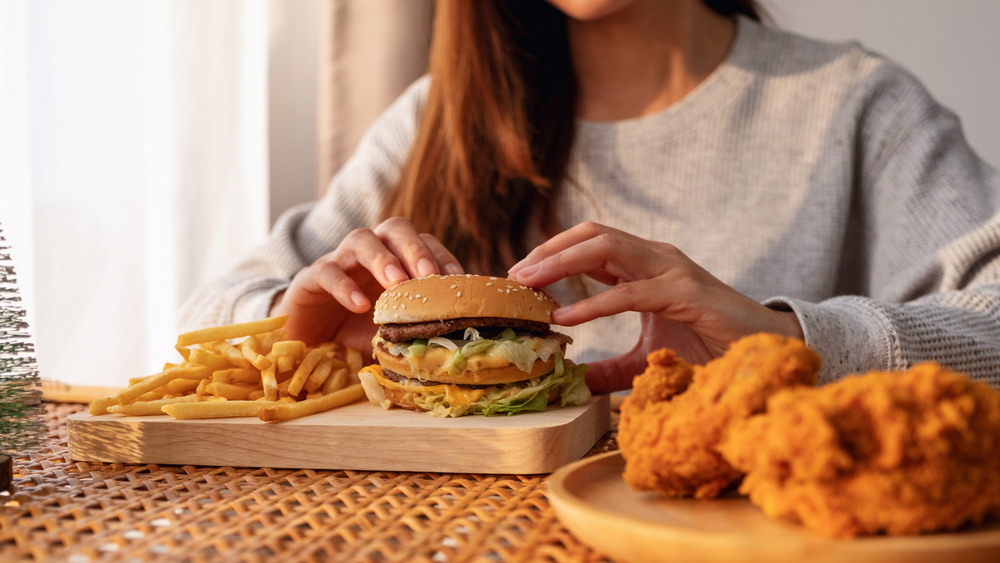Everyone experiences cravings, but some stand out more than others. Each food people crave can reveal more than taste preference, often pointing to hidden needs in the body. Paying attention to these signals helps make healthier choices and even prevent long-term imbalances. Below are ten of the most craved foods and the possible health clues behind them.
Craving Chocolate
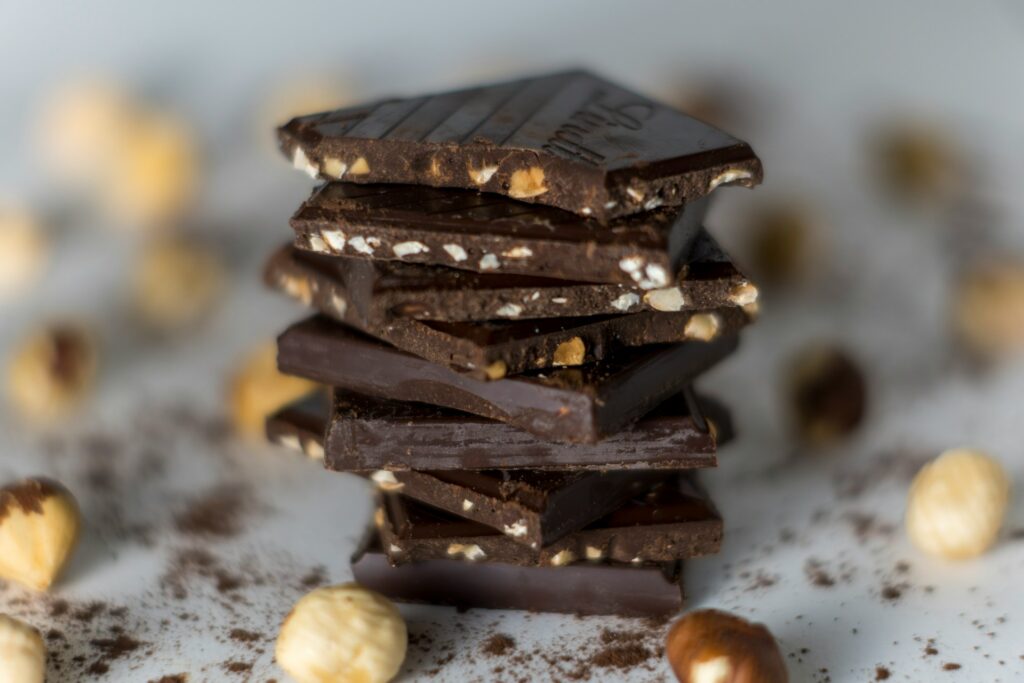
Chocolate is one of the most popular cravings worldwide, often linked with pleasure and comfort. Many people reach for it during stressful times because it quickly boosts mood and energy. However, chocolate cravings may also signal a need for magnesium, which supports muscles, energy production, and mood regulation. If you often crave chocolate, adding magnesium-rich foods like nuts, seeds, bananas, and leafy greens can help balance your body’s needs. Dark chocolate, in moderation, may also offer antioxidants that support heart health, making it a smarter way to satisfy the craving.
Craving Salty Snacks
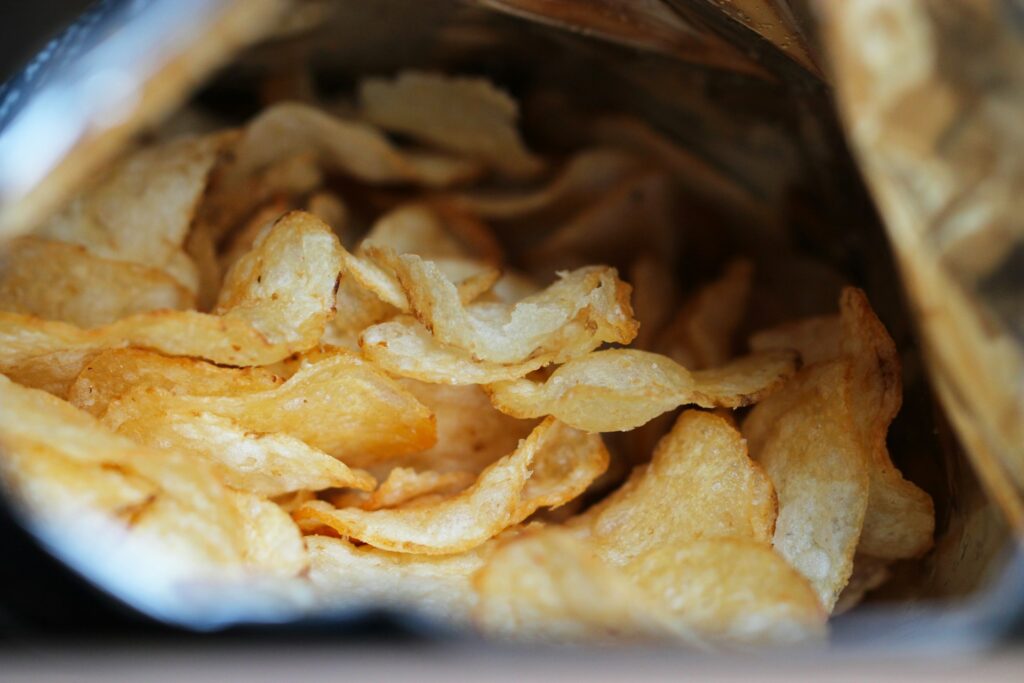
Chips, pretzels, and popcorn are classic common food cravings that provide an instant punch of flavor. Salt cravings may signal dehydration or an electrolyte imbalance, since sodium regulates fluid balance in the body. Stress can also trigger them, as the adrenal glands play a role in sodium regulation. If salty cravings feel overwhelming, drinking plenty of water and including potassium-rich foods like bananas, oranges, and avocados may help. Choosing lightly salted nuts or roasted chickpeas can satisfy the urge while delivering added protein and nutrients, creating a healthier way to manage these cravings.
Craving Sweets and Candy

Candy and sugary desserts remain among the most craved foods for both children and adults. These cravings usually appear when blood sugar dips, causing the body to search for quick fuel. However, constant sugar cravings may reflect poor blood sugar regulation, lack of sleep, or even emotional stress. Balanced meals with protein, fiber, and healthy fats can help stabilize energy and reduce the need for quick sugar fixes. Fresh fruit, dark chocolate, or yogurt with honey can provide sweetness while also offering vitamins and minerals, making them healthier alternatives when cravings strike.
Craving Bread and Pasta
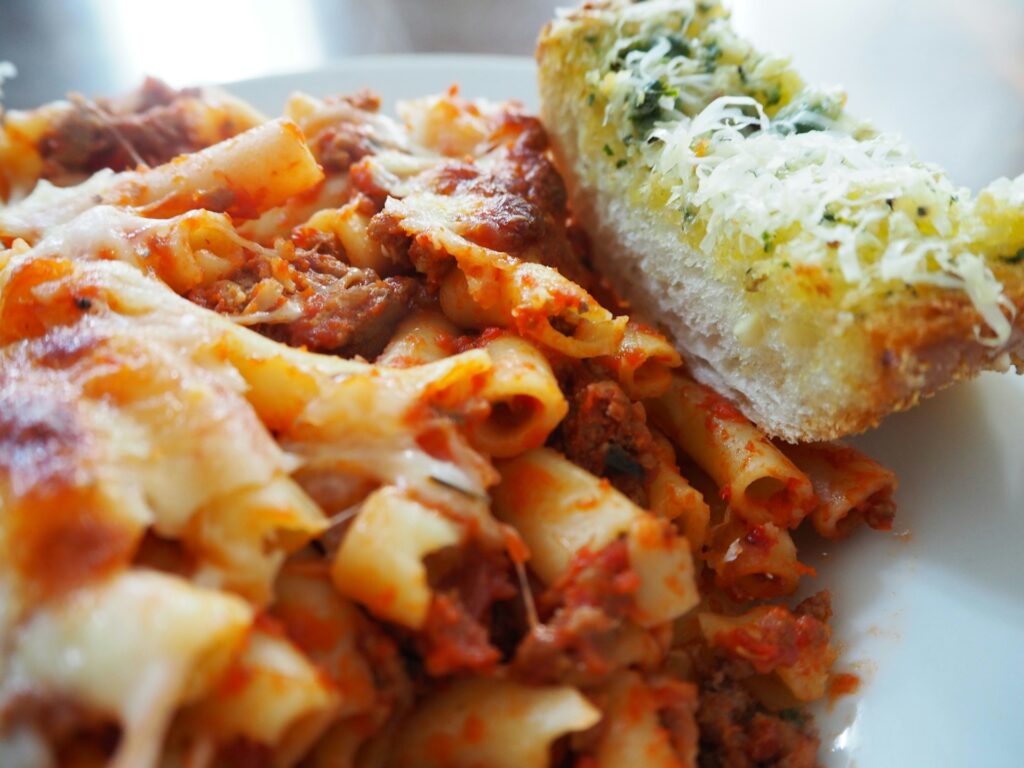
Bread, pasta, and other carbohydrate-rich dishes are comforting foods people crave, especially after a long day. These cravings often connect to serotonin release, a brain chemical that promotes relaxation and calmness. Restrictive diets can make bread and pasta even harder to resist, as the body naturally seeks carbohydrates for energy. Choosing whole-grain versions of bread, pasta, or rice helps maintain stable blood sugar levels while delivering fiber and nutrients. Adding vegetables and lean protein can make these meals more balanced, ensuring the craving gets satisfied without leading to energy crashes later on.
Craving Red Meat
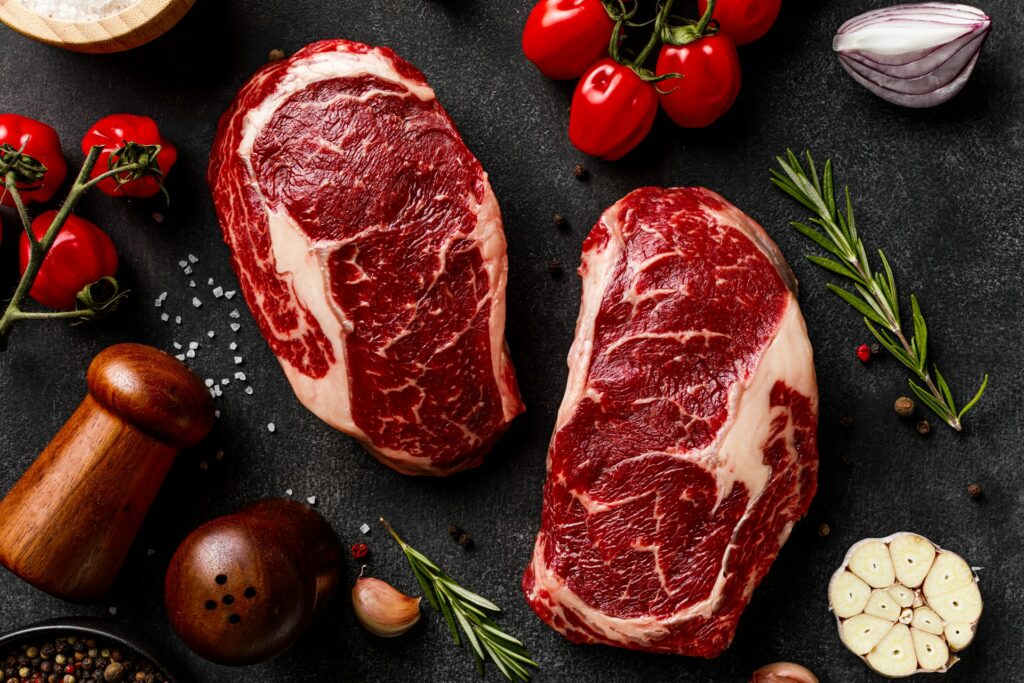
Steak, burgers, and other red meats are strong food cravings for many people, often linked to low iron or protein needs. Iron is vital for transporting oxygen in the blood, and low levels can lead to fatigue, weakness, and poor focus. Cravings for red meat may also signal a need for B vitamins, which play a role in energy production. While red meat provides these nutrients, it should be eaten in moderation. Lean cuts of beef or lamb, poultry, beans, lentils, and fortified cereals can help maintain healthy iron levels while offering variety in the diet.
Craving Cheese

Cheese cravings are surprisingly common and may reflect multiple needs in the body. Cheese contains fat, protein, and calcium, which are all essential for health. It also contains compounds that activate reward centers in the brain, which explains why it feels so satisfying. This popular craving may also indicate that the body needs more calcium for strong bones and teeth. Moderate cheese intake can fit into a healthy diet, especially when paired with whole grains or vegetables. To balance this craving, include calcium-rich foods like yogurt, almonds, broccoli, and leafy greens alongside smaller portions of cheese.
Craving Ice Cream

Ice cream combines sweetness, fat, and coldness, making it one of the most irresistible comfort foods. This food people crave may signal a need for calcium or fat, but it can also highlight stress or emotional exhaustion. Many people use ice cream as a reward or soothing treat, especially after a long or difficult day. While indulging occasionally is fine, frequent cravings may suggest missing nutrients in the diet. Healthier frozen options, such as yogurt with fruit, blended frozen bananas, or fruit sorbets, can satisfy the craving while providing vitamins, probiotics, and fewer added sugars.
Craving Spicy Foods
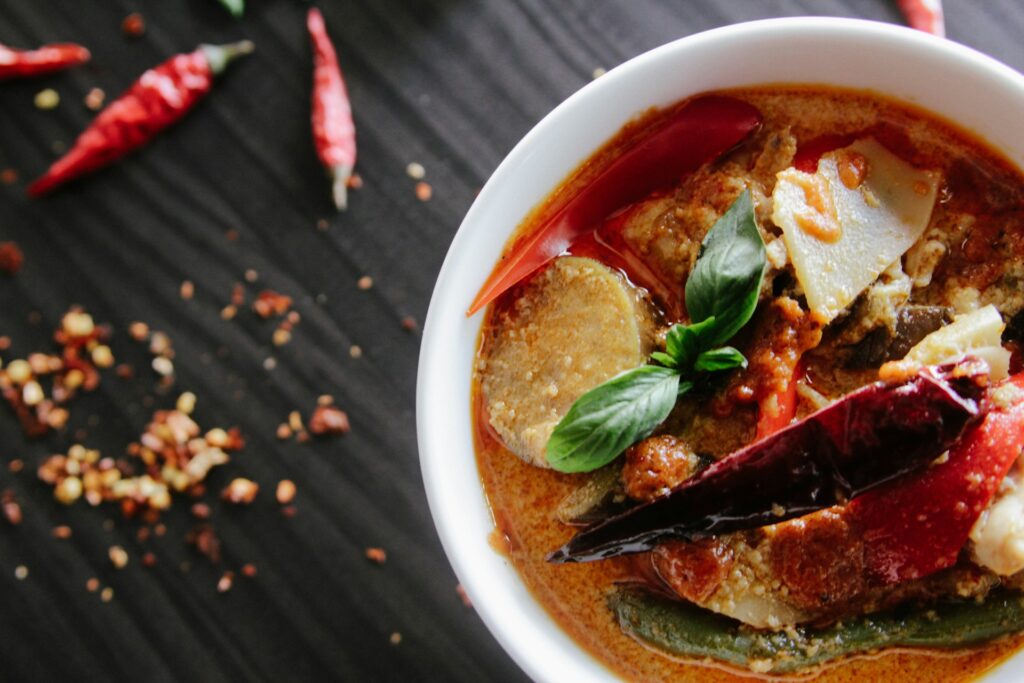
Spicy dishes are a unique food people crave, often tied to personality and energy levels. Capsaicin, the active compound in chili peppers, triggers endorphin release, creating a natural “high” that leaves people wanting more. Some crave spice because it improves circulation or helps clear sinuses during colds. Others simply enjoy the thrill of heat and the way it enhances flavor. Adding spice to meals can increase satisfaction without adding extra calories, making it one of the more beneficial cravings. If spice is a constant need, it may reflect the body’s desire for stimulation and variety.
Craving Fried Foods

French fries, fried chicken, and onion rings are tempting comfort foods that many crave when tired or stressed. These cravings often reflect the body’s need for fat or the emotional comfort tied to childhood or social memories. Unfortunately, fried foods contain unhealthy trans fats and excess calories that can negatively affect heart health over time. Air frying or baking foods can help recreate the crispy texture without as much unhealthy oil. Choosing healthier oils like olive or avocado oil also provides better fats for the body, making it easier to satisfy this common food craving in moderation.
Craving Pickles or Sour Foods
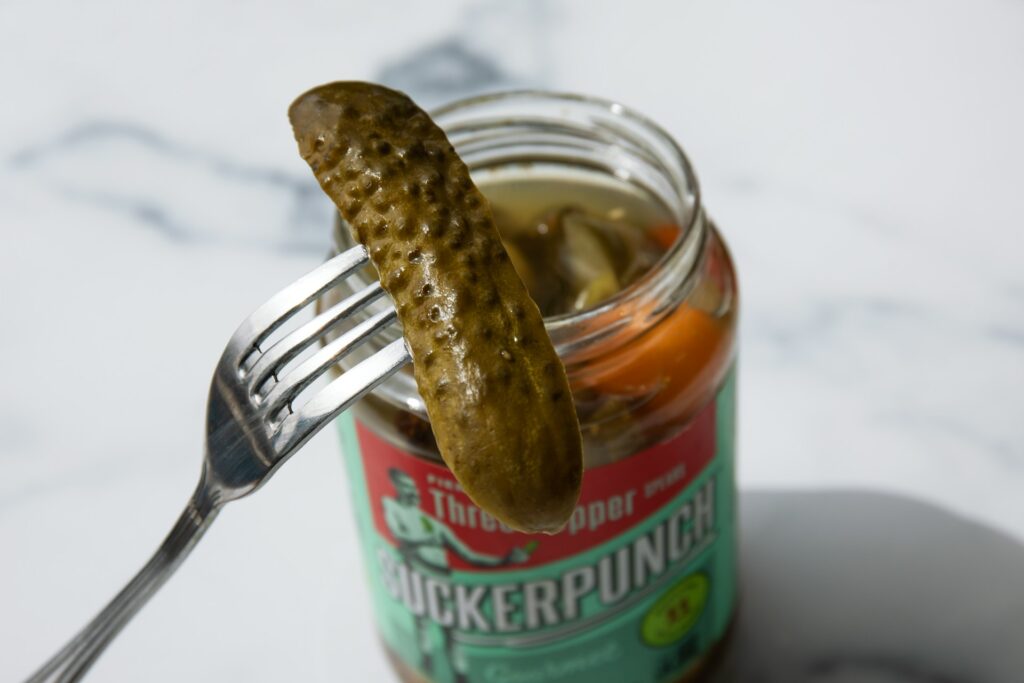
Pickles, vinegar, and other sour flavors are unusual but frequent cravings for some people. These food people crave may link to digestive health, sodium balance, or simply changing taste preferences. During pregnancy, sour cravings are particularly common due to hormonal shifts. Pickles provide both sourness and salt, which may explain why they are so appealing. Adding fermented foods like sauerkraut, kefir, or kimchi can satisfy sour cravings while also supporting gut health. Including citrus fruits like lemons and limes is another way to enjoy sour flavors while boosting vitamin C intake at the same time.
Disclaimer: This article was created with AI assistance and edited by a human for accuracy and clarity.
